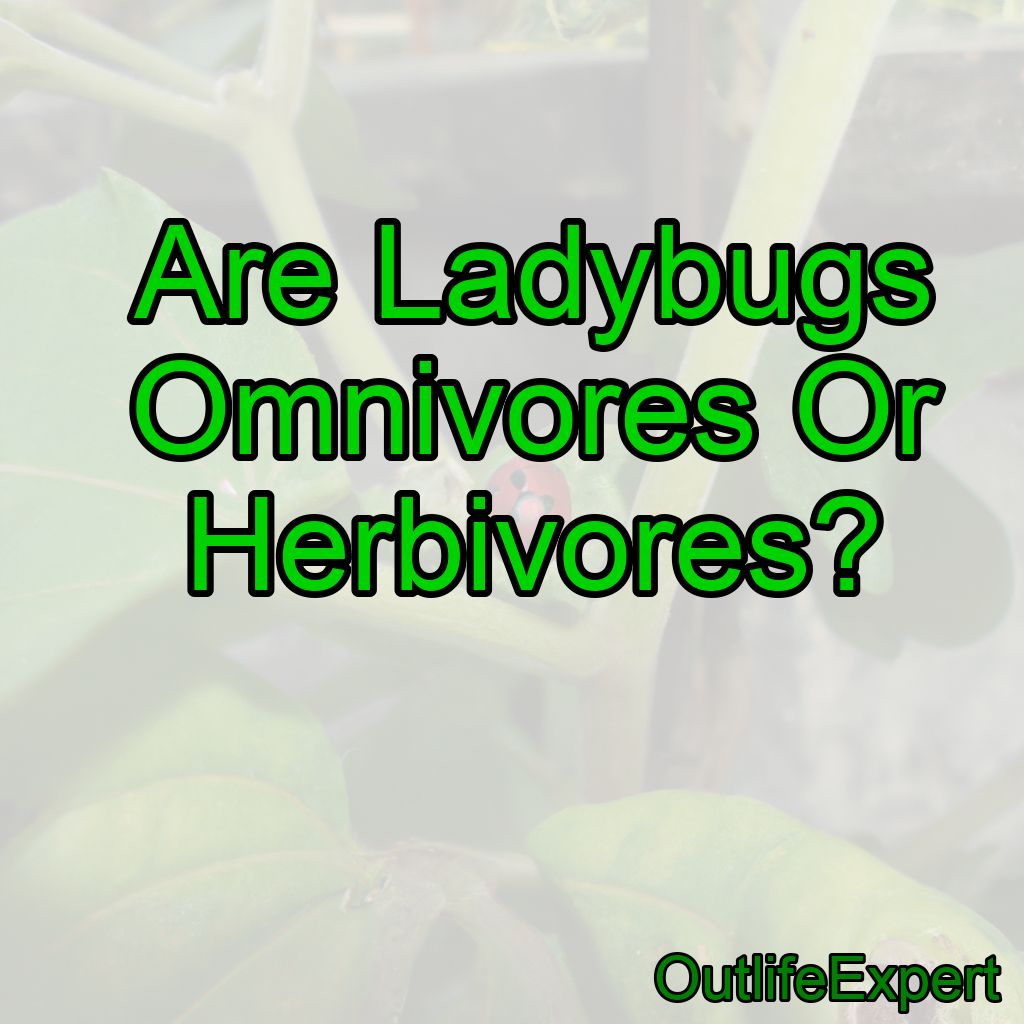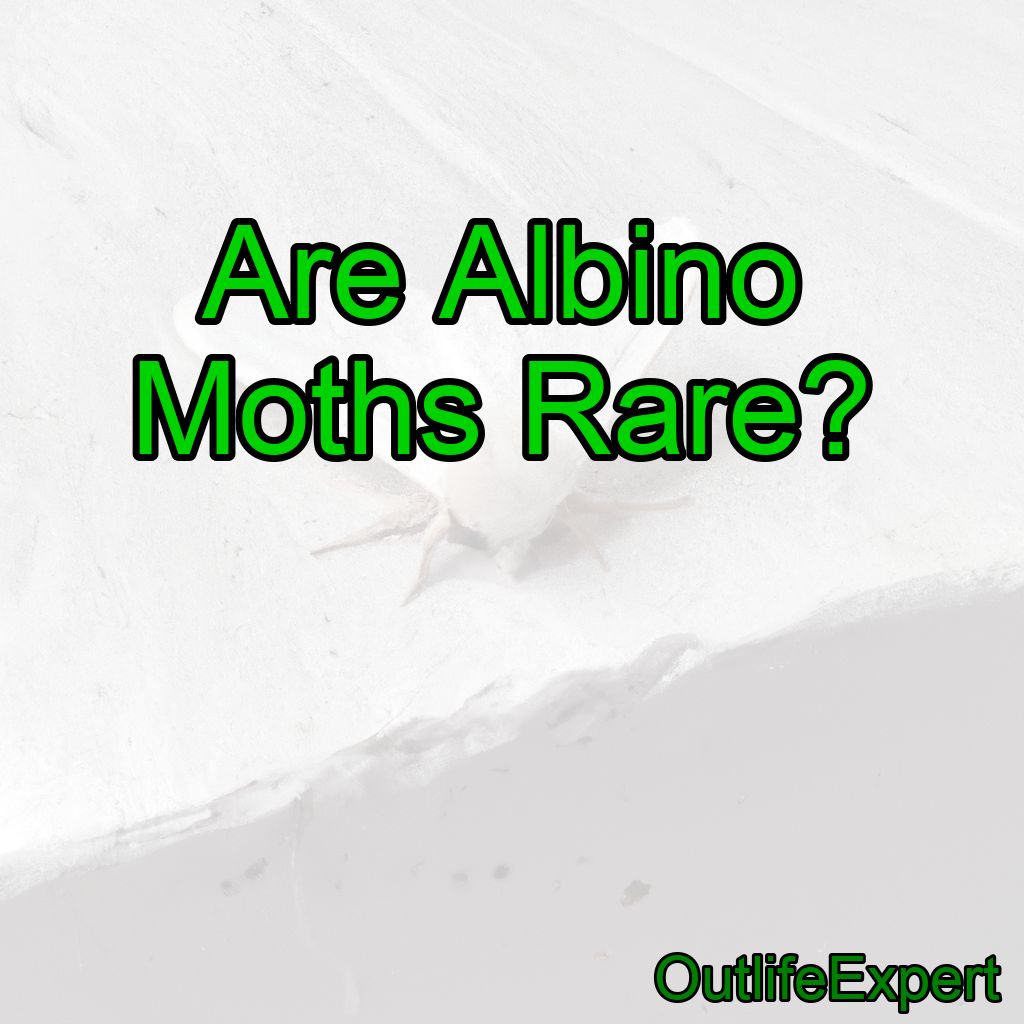20D Nylon – What Is It And How Is It Used In Outdoor Gear?
Introduction to 20d Nylon Nylon is a synthetic fabric made from petroleum products, and it has been a popular material in the outdoor industry for decades. One of the most common types of nylon used in outdoor gear is 20d nylon, which offers a good balance of weight, durability, and weather resistance. This blog post…










